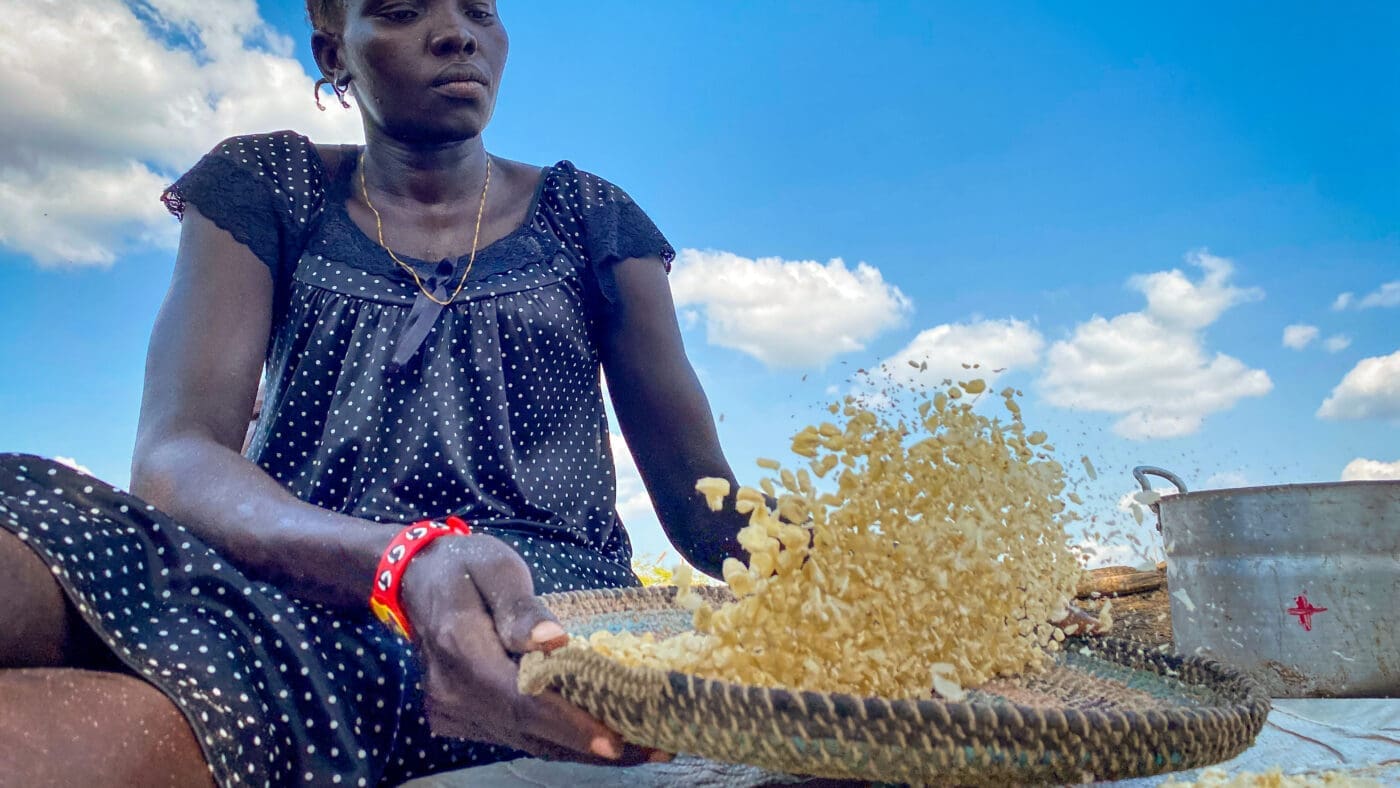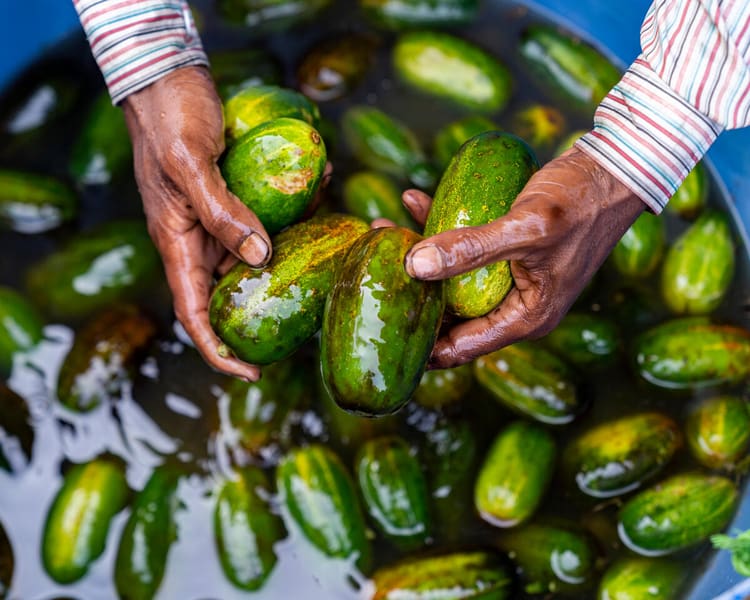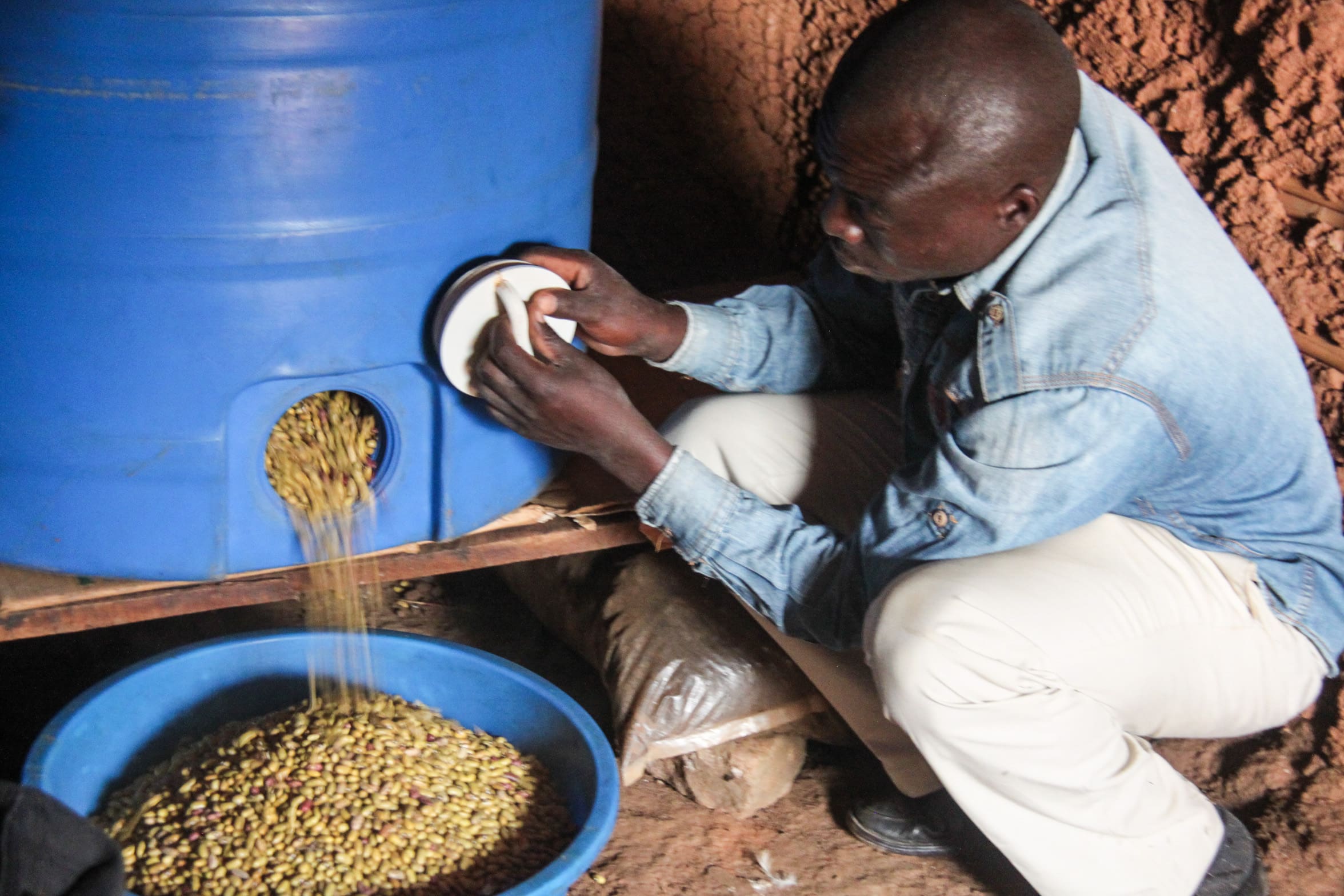
Food Waste
& Food Loss
There’s enough food to feed all 7 billion people on the planet. The problem is nearly 30% of it is lost or wasted every year.
In high-income countries, 40 percent of food is wasted because people buy more food than they can consume. In low-income countries, where the vast majority of the world’s hungriest people live, most food loss occurs during the early stages of growth, harvest and storage.
worth of edible food is lost or wasted every year
of the world’s food supply is lost or wasted annually
of greenhouse gases are emitted by wasted food each year
6 Food Waste facts

Fact 1
Reversing current food waste and food loss trends would preserve enough food to feed 2 billion people . That’s nearly twice the number of undernourished people across the globe.
Photo: WFP/Sayed Asif Mahmud
Fact 2
Consumers in rich countries waste almost as much food as the entire net food production of sub-Saharan Africa each year. At the same time, the value of post-harvest food loss in Sub-Saharan Africa is more than what the region receives in food assistance.
Photo: WFP/Arete/Fredrik Lerneryd
Fact 3
Cutting global food waste in half by 2030 is one of the U.N.’s top priorities. In fact, it’s one of the organization’s 17 sustainable development goals.
Photo: WFP/Evelyn Fey/2021
Fact 4
The amount of water used to produce food that ends up wasted could fill Lake Geneva three times. And of the world’s arable land, 28 percent produces food that ends up in a bin rather than in a hungry stomach.
Photo: WFP/Sayed Asif Mahmud
Fact 5
If wasted food were a country, it would be the third largest producer of carbon dioxide in the world, after the U.S. and China. If we reduce food waste, we could cut global emissions by 8-10 percent.
Photo: Unsplash/Veeterzy
Fact 6
WFP provides family farmers with air-tight storage containers that cut their food loss from 40 to 2 percent. These bins allow farmers to store and save food from infestations or destruction by insects, rodents, mold and moisture.
Photo: WFP/Mustapha Bribi





How WFP Fights Food Waste & Food Loss

Around the world, subsistence farmers can lose nearly half of their harvest simply because they don’t have access to modern storage equipment. WFP is changing that with silos and air-tight bags.


The typical WFP food ration includes long-lasting staples like flour, dried beans, salt and cooking oil – all packaged in sturdy containers. This ensures the items won’t spoil for weeks or months.


Hydroponics, hermetic containers, recovery supply chains and virtual farmers markets. These are just a few of the innovations that allow communities to grow, sell and store food in impossible places.


The U.S. Farm Bill authorizes several critical programs that take American-grown crops like rice, corn, wheat and soy beans and distribute them to vulnerable people in need.

How Saved Food Feeds Families
Help Fight Food Waste & Food Loss
Donate to support programs that help safeguard farmers from food loss and make their communities more resilient.


